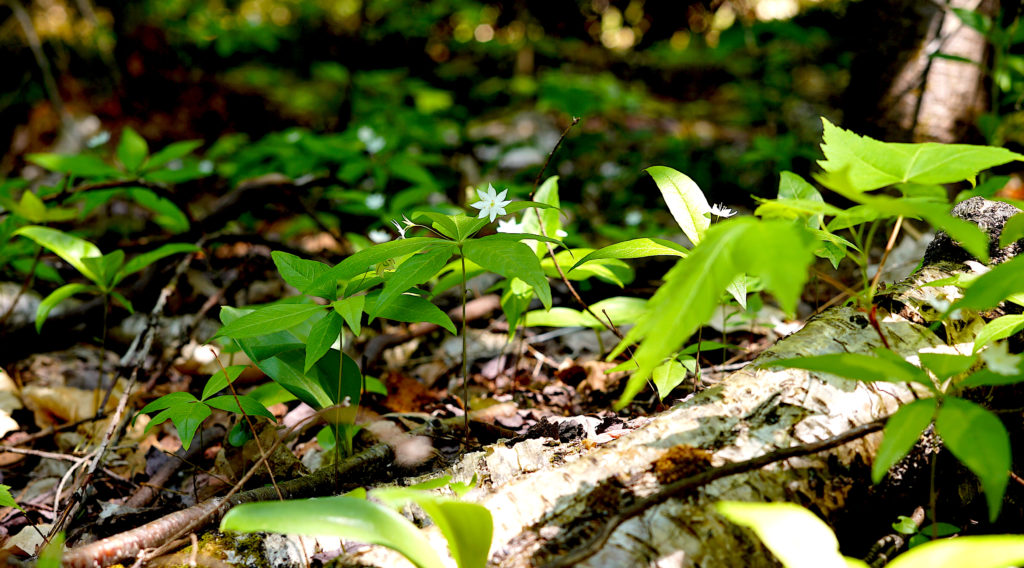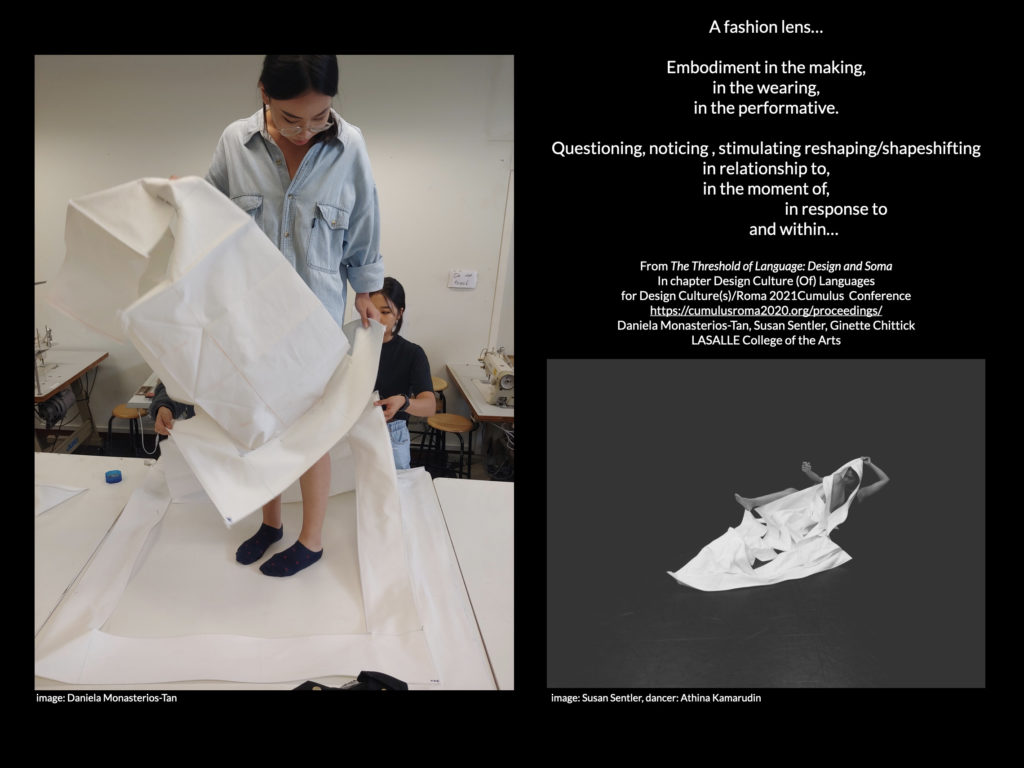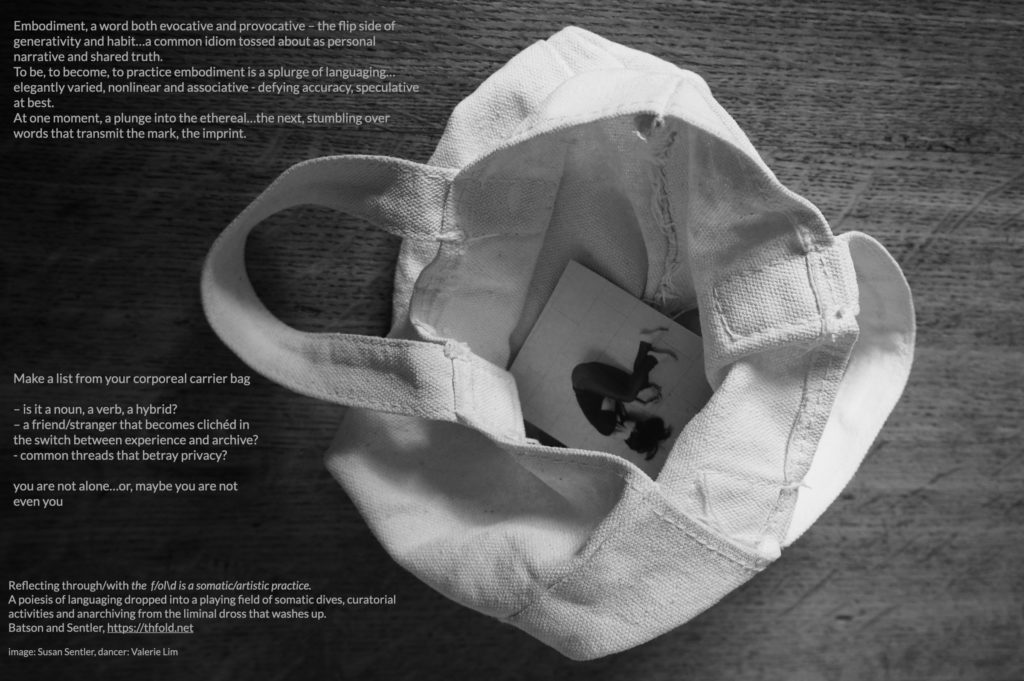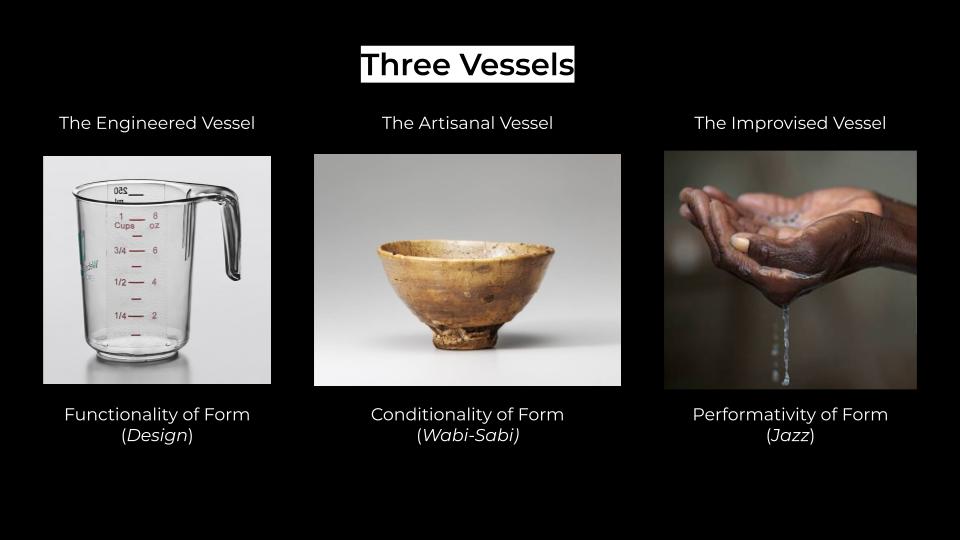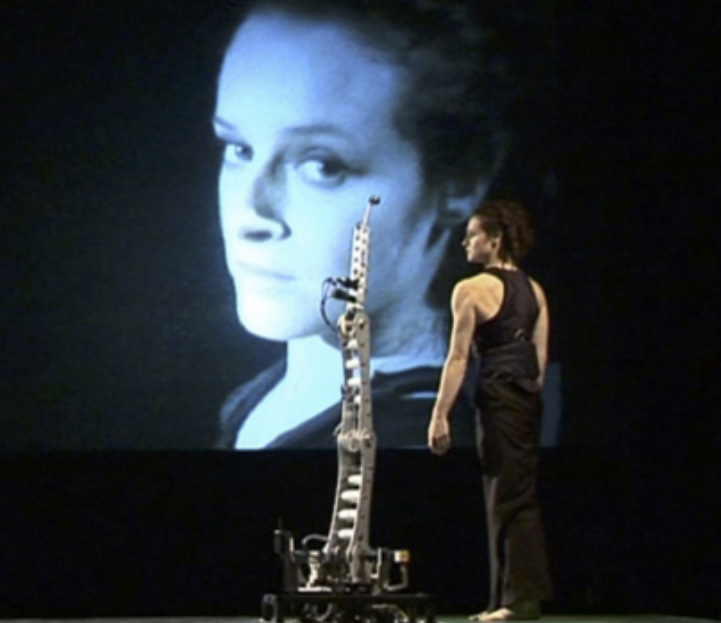My practice & research F-ing Good Provocation (FGP) is an anti-racist, anti-oppressive practice centring care, empathy and accountability within the landscape of movement and dance. A lifelong journey of education, relationship and solidarity building that requires all of us to be anti-racist, anti-oppressive daily in every space we enter, hold, pass through. Therefore, embodied through our everyday life and senses, whilst acknowledging change is constant. FGP is an embodiment of my response to a specific time (2020) in history, its social, economical, cultural contexts, implications and sentiments through holding spaces, conversations, listening, writing and doodling.
Our bodies hold experiences, emotions and labour within. One of the many effects are frustration, tiredness, fatigue, exhaustion, burn out physically, mentally and emotionally. These effects can be compounded and become chronic depending on the regularity and impact of incidents (trauma). Therefore, active self care is essential and specific to the individual. For me, centring joy is at the heart of my practice in order for it to be sustainable. For example, attending to plants, making sure I work no more than 20 days a month, scheduling osteopathy and other bodily treatments, saying ‘no’ to work, people and conditions that no longer nourish me.
I also wonder whether embodiment and disembodiment could be framed as a binary? I see it more as a spectrum. Whether one chooses to engage with comments and or feedback due to protected characteristics and or injustices, that is still an engagement. Choosing to disengage is an engagement.
F-ing Good Provocation is a zine/essay (project as well as a practice) that celebrates the 20 artists of East and Southeast Asian diaspora involved, who live, create and contribute to the vibrant arts landscape of the UK and beyond. It is multi-prong project and practice, focusing on anti-racist, anti-oppressive practice and centring care, empathy, accountability focusing on artists of the East and Southeast Asian diaspora in the UK. The first phase of the project was a scoping phase including hours of conversations during lockdown in 2020/21 on race, racism, injustices and the 20 artists’ lived/living experiences. This zine encapsulates some of the difficult, honest yet essential conversations and hopes. F-ing Good Provocation continues to be a platform in making changes within the landscape of movement, dance and be
Title: F-ing Good Provocation
Lead artist: Jane Chan
Name of publisher: n/a, self published
Type of publication: Essay
Themes: Anti-Racism | Dance | Social Justice | Global Majority Heritage
Price: £8 (plus UK postal delivery ) – please get in touch chanjane.jc@gmail.com
– Jane Chan
